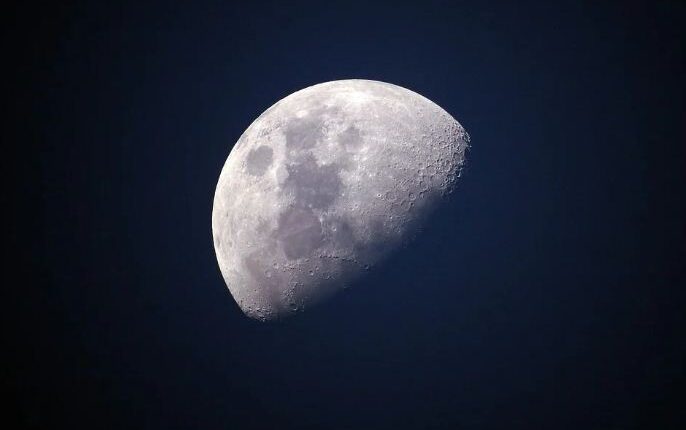Beijing: Observation of lunar soil brought back by China’s Chang’e 5 spacecraft has shown that soil on the moon contains active compounds that can convert carbon dioxide into oxygen and fuels, according to scientists.
The team at Nanjing University in China found the sample contains compounds – including iron-rich and titanium-rich substances – that could work as a catalyst to make desired products such as oxygen using sunlight and carbon dioxide.
Based on the observation, the team proposed an “extraterrestrial photosynthesis” strategy in the paper published in the journal Joule.
It mainly uses lunar soil to electrolyse water extracted from the moon and in astronauts’ breathing exhaust into oxygen and hydrogen powered by sunlight.
The carbon dioxide exhaled by moon inhabitants is also collected and combined with hydrogen from water electrolysis during a hydrogenation process catalysed by lunar soil.
The process yields hydrocarbons such as methane, which could be used as fuel. The strategy uses no external energy but sunlight to produce a variety of desirable products such as water, oxygen, and fuel that could support life on a moonbase, the researchers said.
The team is now looking for an opportunity to test the system in space, likely with China’s future crewed lunar missions.
“We use in-situ environmental resources to minimise rocket payload, and our strategy provides a scenario for a sustainable and affordable extraterrestrial living environment,” said Yingfang Yao from the varsity.
While the catalytic efficiency of lunar soil is less than catalysts available on Earth, Yao says the team is testing different approaches to improve the design, such as melting the lunar soil into a nanostructured high-entropy material, which is a better catalyst.
Previously, scientists have proposed many strategies for extraterrestrial survival. But most designs require energy sources from Earth.
For example, NASA’s Perseverance Mars rover brought an instrument that can use carbon dioxide in the planet’s atmosphere to make oxygen, but it’s powered by a nuclear battery onboard.
“In the near future, we will see the crewed spaceflight industry developing rapidly,” Yao said.
But if we want to carry out large-scale exploration of the extraterrestrial world, we will need to think of ways to reduce payload, meaning relying on as little supplies from Earth as possible and using extraterrestrial resources instead.”
(IANS)


Comments are closed.